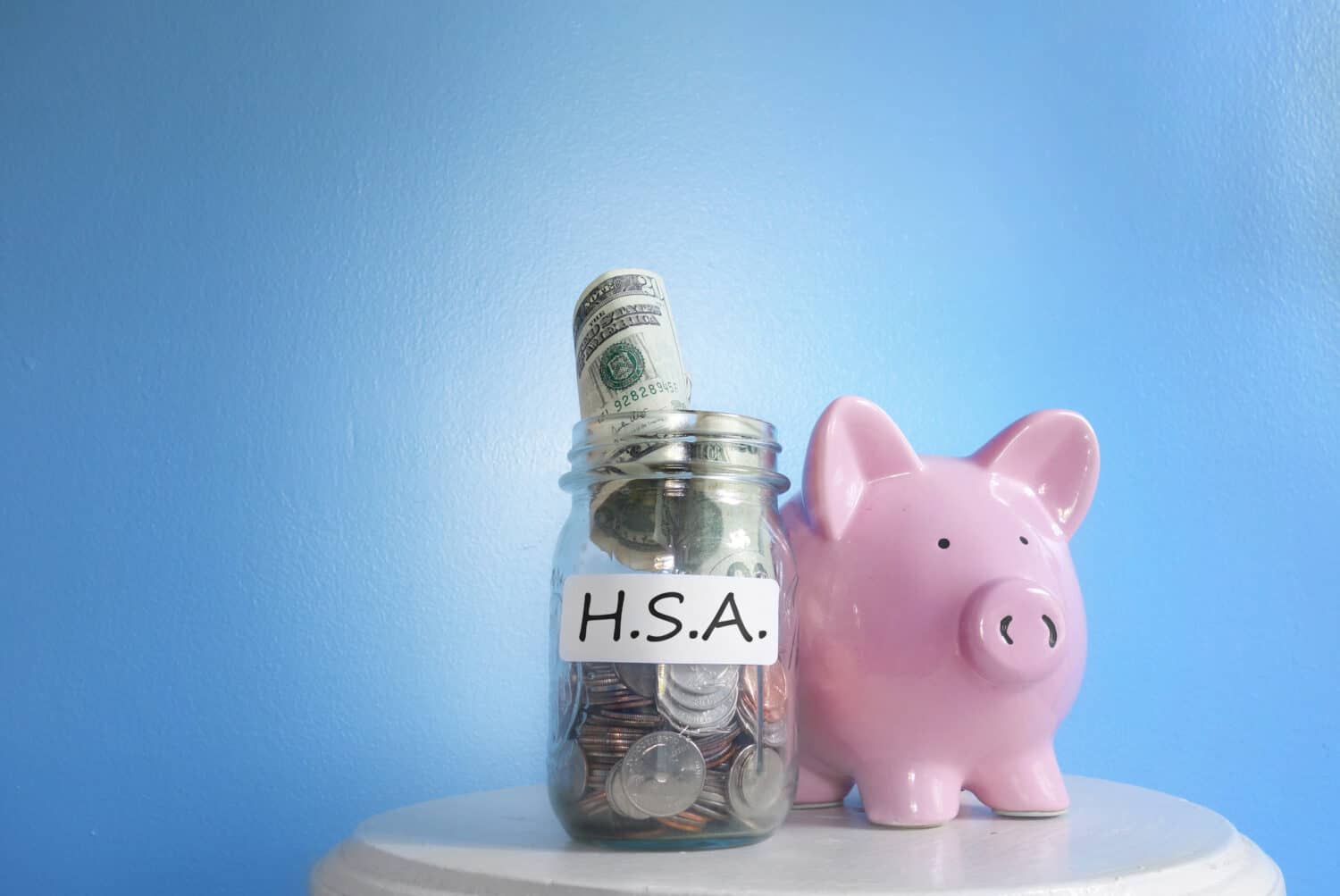
Withdrawals from health savings accounts (HSAs) are tax-free as long as these funds cover qualified medical expenses, as defined by the IRS.
But withdrawing HSA money for non-qualified expenses can lead to serious consequences. So it’s important to know the rules.
HSA withdraw rules

One of the main benefits of an HSA is its tax-free withdrawals for qualified healthcare expenses. This includes a long range of medical, dental, and prescription costs. These could include vaccines, body scans, ambulance services and more.
And considering the high costs of healthcare, this perk makes HSAs one of the most tax-advantaged accounts of its kind.
But what exactly are qualified medical expenses? You can find the answers by referring to the latest IRS publication 502. But be aware that the IRS can change this document at any time.
It’s also important to know that using HSA funds on anything that’s not a qualified medical expense before age 65 could subject you to a 20% penalty on the distribution, as well as ordinary income taxes.
HSA withdrawals in retirement

HSAs can also be effective retirement savings tools that could support vehicles like individual retirement accounts (IRAs), Roth IRAs, and 401(k) plans.
This is because after reaching age 65, you can withdraw HSA money for anything penalty-free. But you’d still owe regular income tax on the distribution.
Additionally, you need to report all HSA distributions to the IRS.
Your HSA custodian or trustee is required to prepare and send you a copy of Form 1099-SA to you and the IRS. This form includes information about contributions and any distributions for the year. You would then use the data on Form 1099-SA to complete IRS Form 8889 and include it with your Form 1040 when you file your taxes.
HSA: An Overview
HSAs are known for their triple tax advantage.
- Contributions are tax deductible
- Funds in an HSA grow tax free
- Withdrawals for qualified healthcare expenses are tax-free.
However in order to be eligible to open an HSA, you need to be enrolled in a high-deductible health plan. For 2024, the annual deductible for your HDHP can’t be less than $1,600 for individual coverage or $3,200 for a family coverage.
If you qualify, you may be able to open an HSA through your employer. If your company doesn’t offer one, you can open an HSA through various financial institutions such as Schwab and Fidelity.
Many of these institutions allow you to invest your HSA dollars in various securities like exchange-traded funds (ETFs) and mutual funds. You can also choose fixed-rate accounts.
Moreover, HSAs have contribution limits set by the IRS each year. Here are the HSA contribution limits for 2024.
- $4,150 for individual coverage
- $8,300 for family coverage
Why did we cover this?

HSAs can be effective tools in saving for medical costs and enjoying key tax benefits. But to make the most out of these tax benefits, you need to know key points like HSA withdrawal rules. So we developed this guide to make that easier for you.
If you want to learn more about HSAs, check out our regularly-updated HSA main page for the latest coverage.
Take Charge of Your Retirement In Just A Few Minutes (Sponsor)
Retirement planning doesn’t have to feel overwhelming. The key is finding expert guidance—and SmartAsset’s simple quiz makes it easier than ever for you to connect with a vetted financial advisor.
Here’s how it works:
- Answer a Few Simple Questions. Tell us a bit about your goals and preferences—it only takes a few minutes!
- Get Matched with Vetted Advisors Our smart tool matches you with up to three pre-screened, vetted advisors who serve your area and are held to a fiduciary standard to act in your best interests. Click here to begin
- Choose Your Fit Review their profiles, schedule an introductory call (or meet in person), and select the advisor who feel is right for you.
Why wait? Start building the retirement you’ve always dreamed of. Click here to get started today!
Thank you for reading! Have some feedback for us?
Contact the 24/7 Wall St. editorial team.





